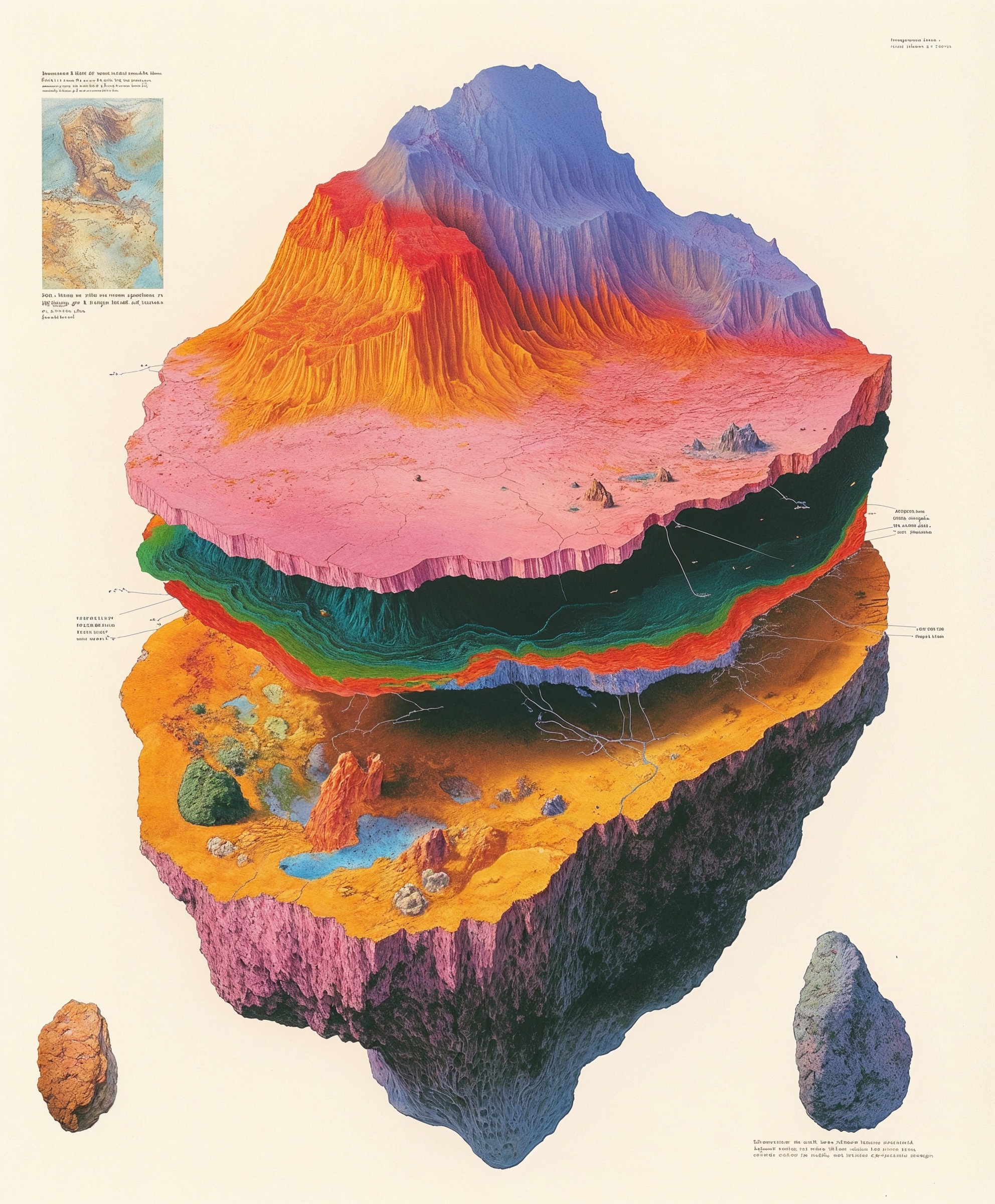
“Topographic beauties straight from old geography books”, @egeberkina.

“Topographic beauties straight from old geography books”, @egeberkina.
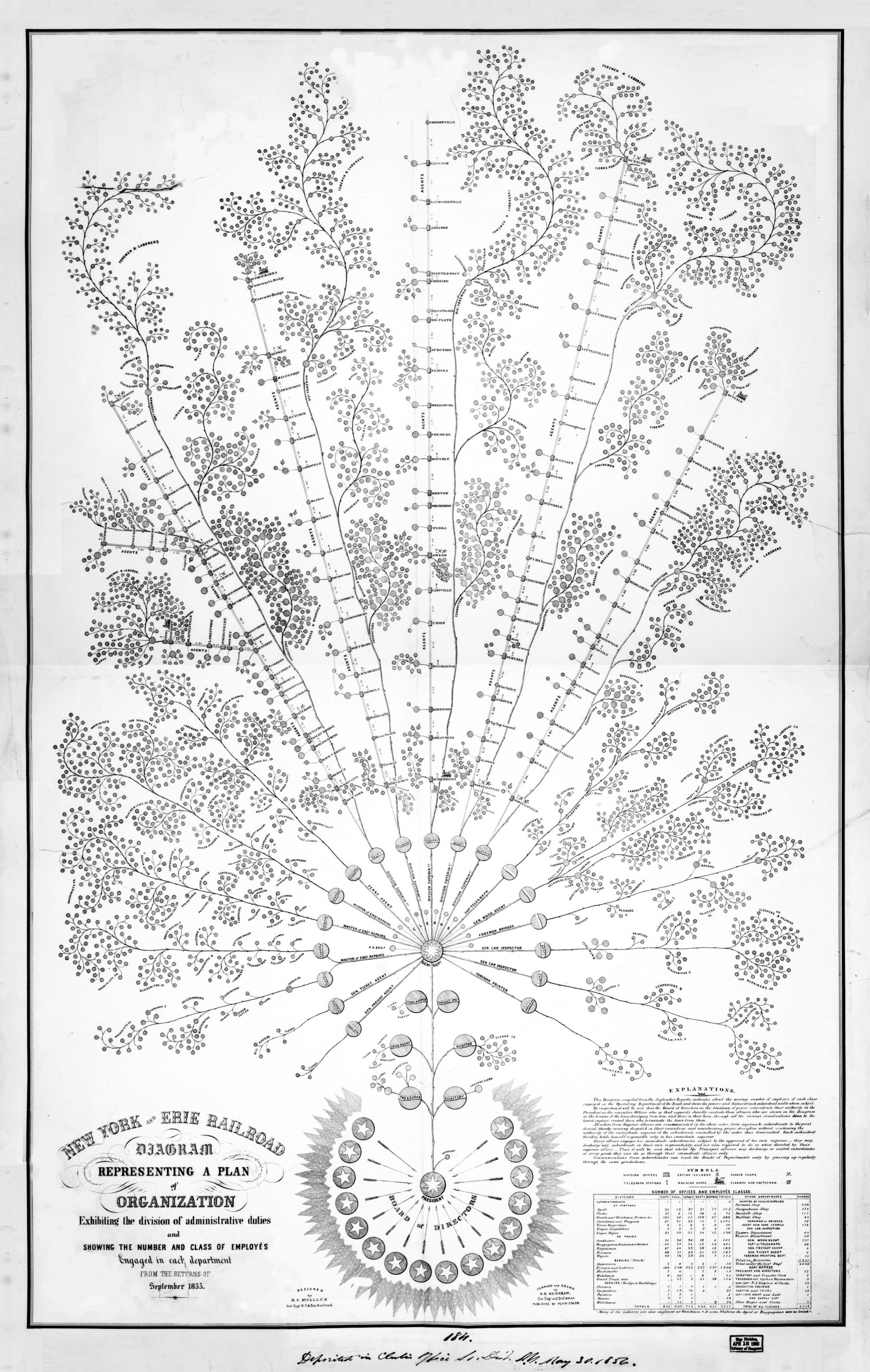
New York and Erie Railroad diagram, 1855.

Map of the Bell Telephone System , 1909.
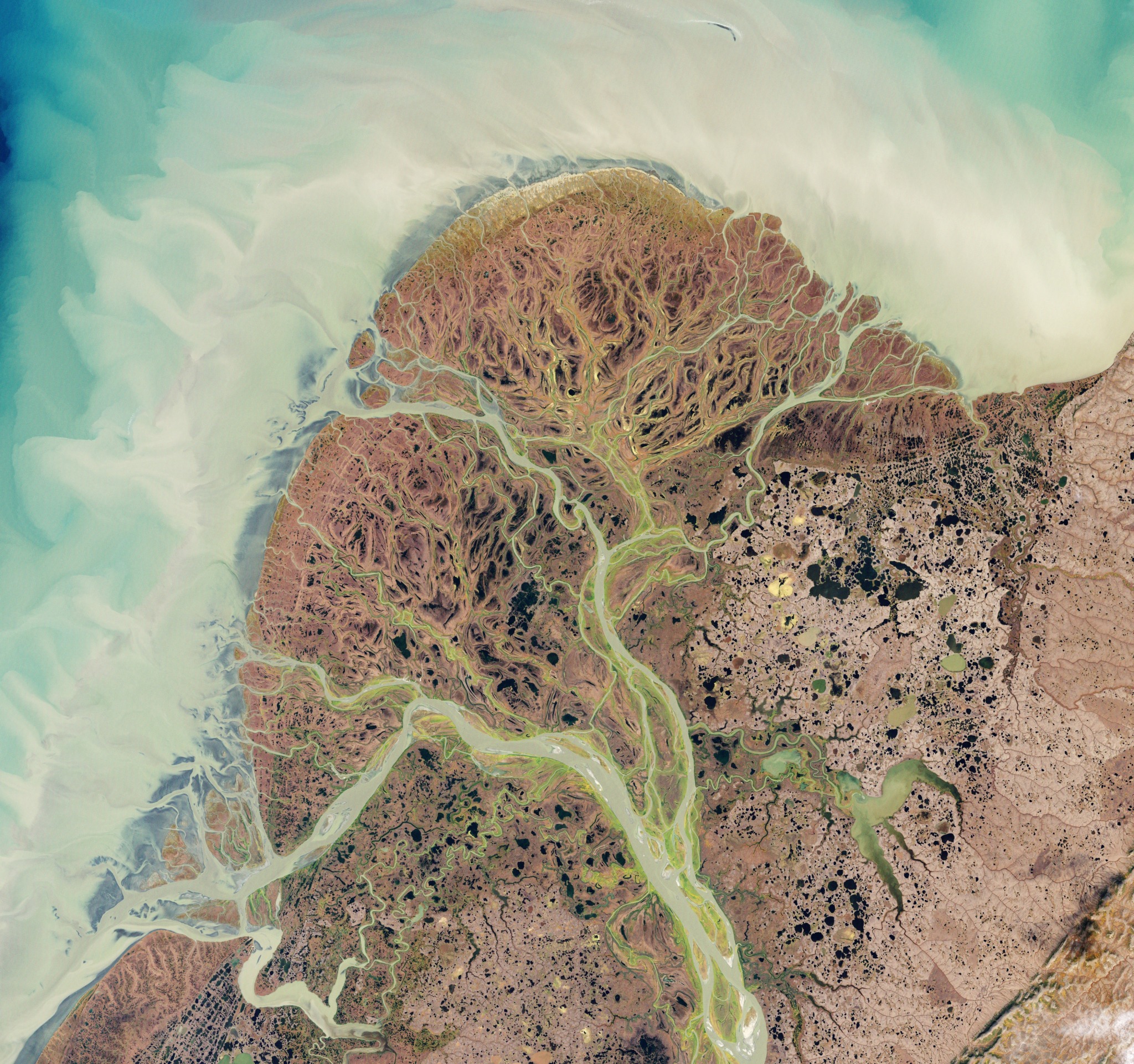
The Yukon River delta , Alaska.

Map of Paris by Michel-Étienne Turgot. 1739.
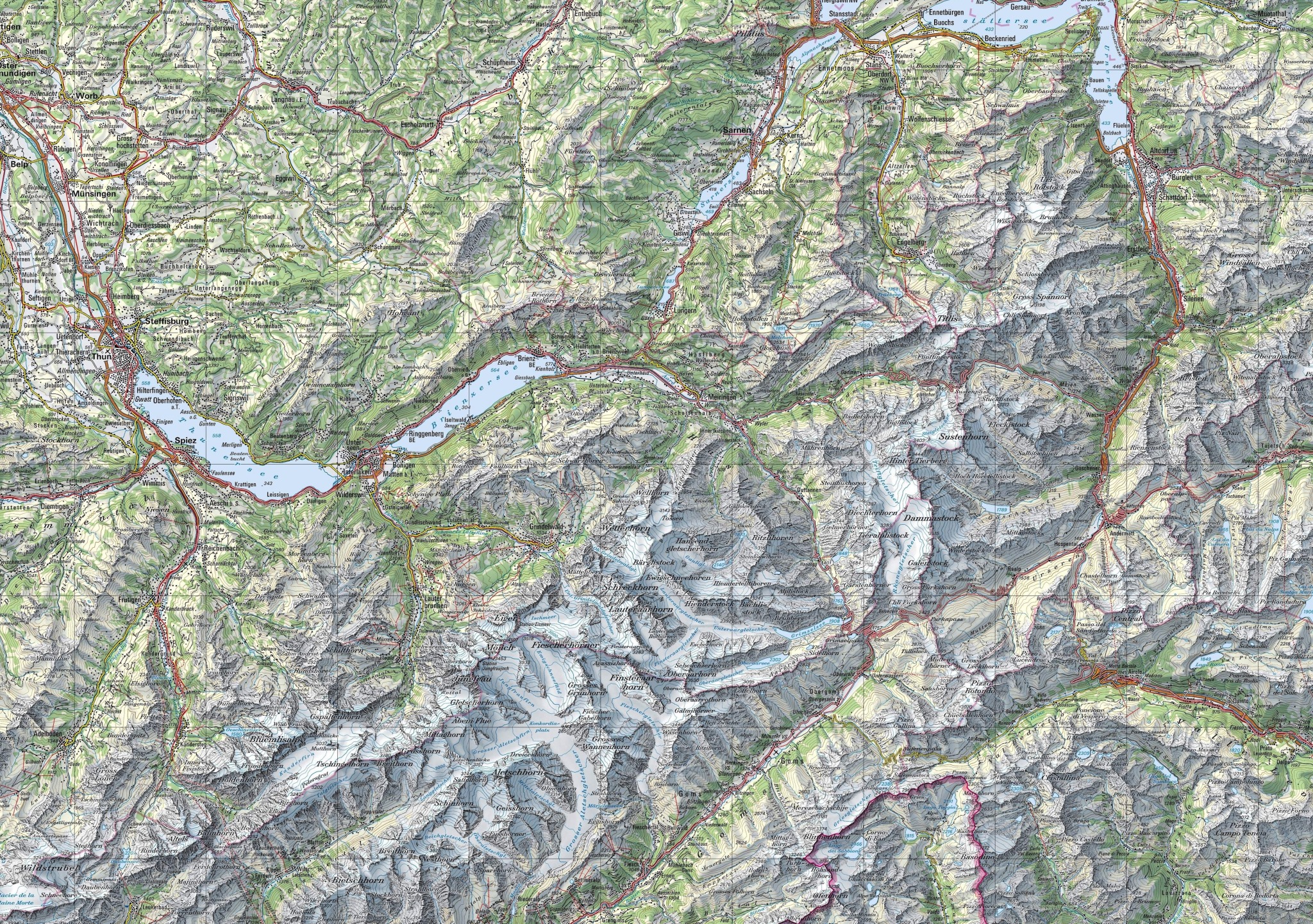
The beautifully rendered topography of Switzerland.


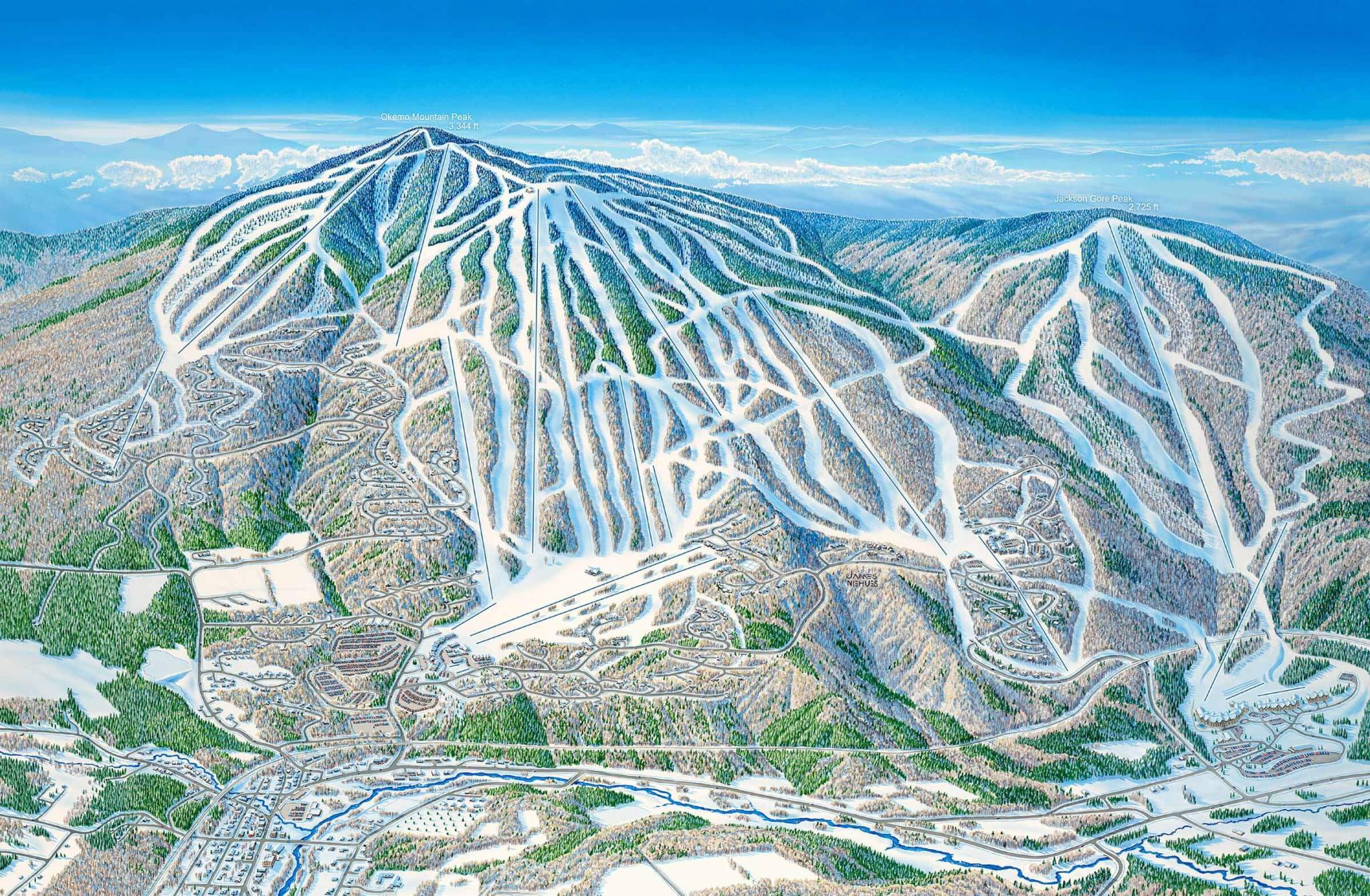
James Niehues’s famous ski resort maps.
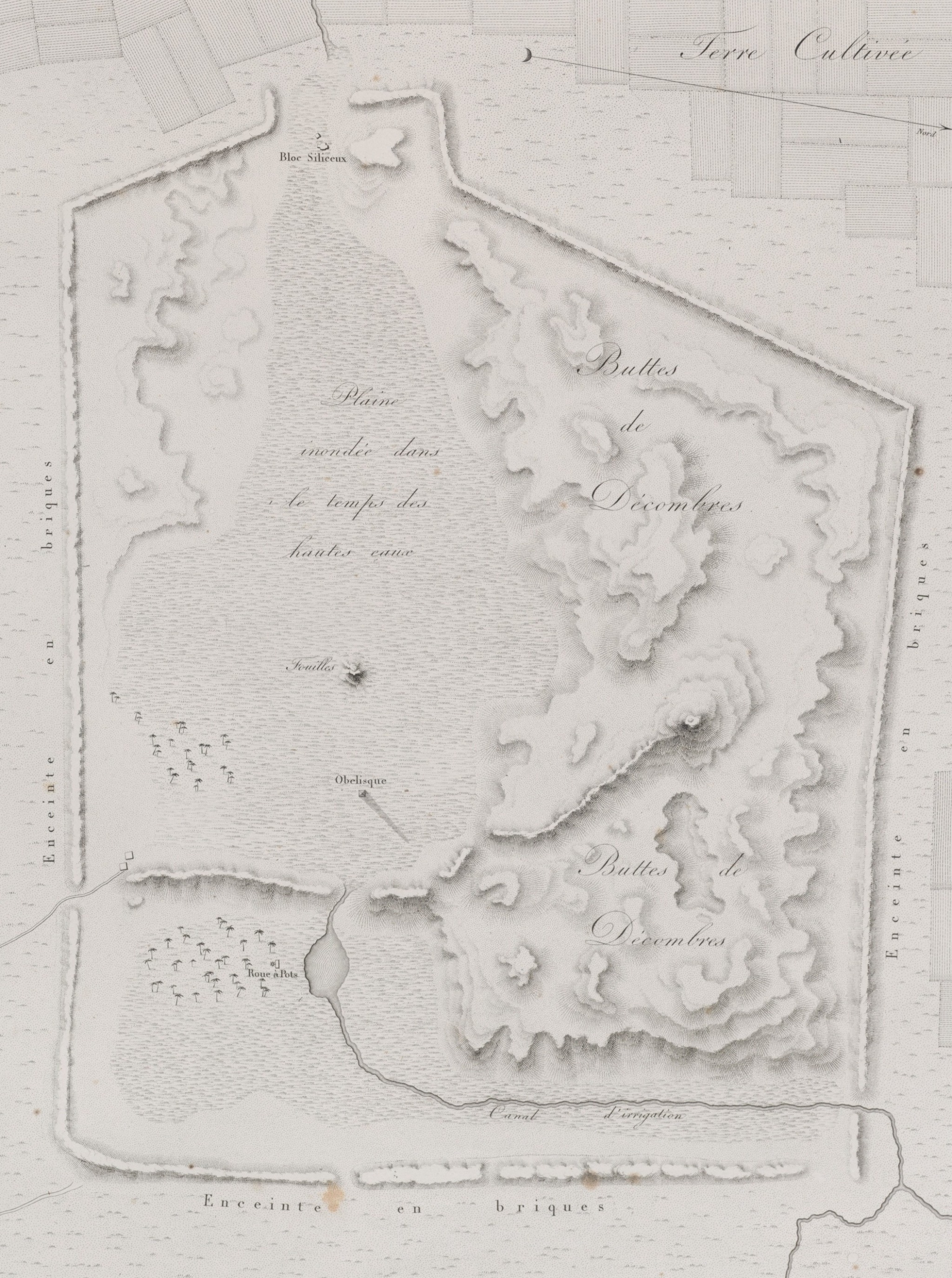
Heliopolis , from Description de l’Égypte , 1809.

The island of Hispaniola , from the ISS.
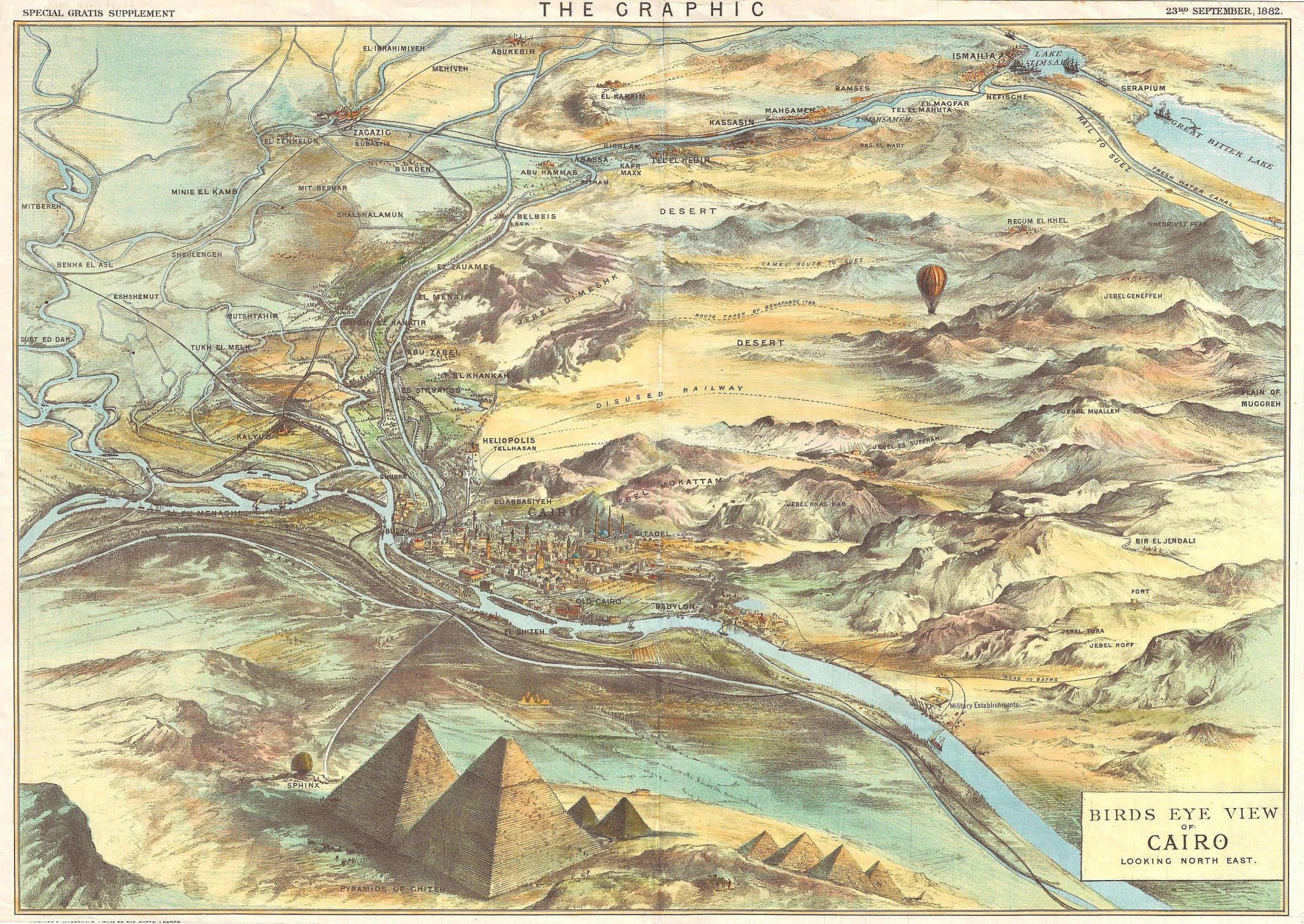
Bird’s eye view of Cairo , 1882.
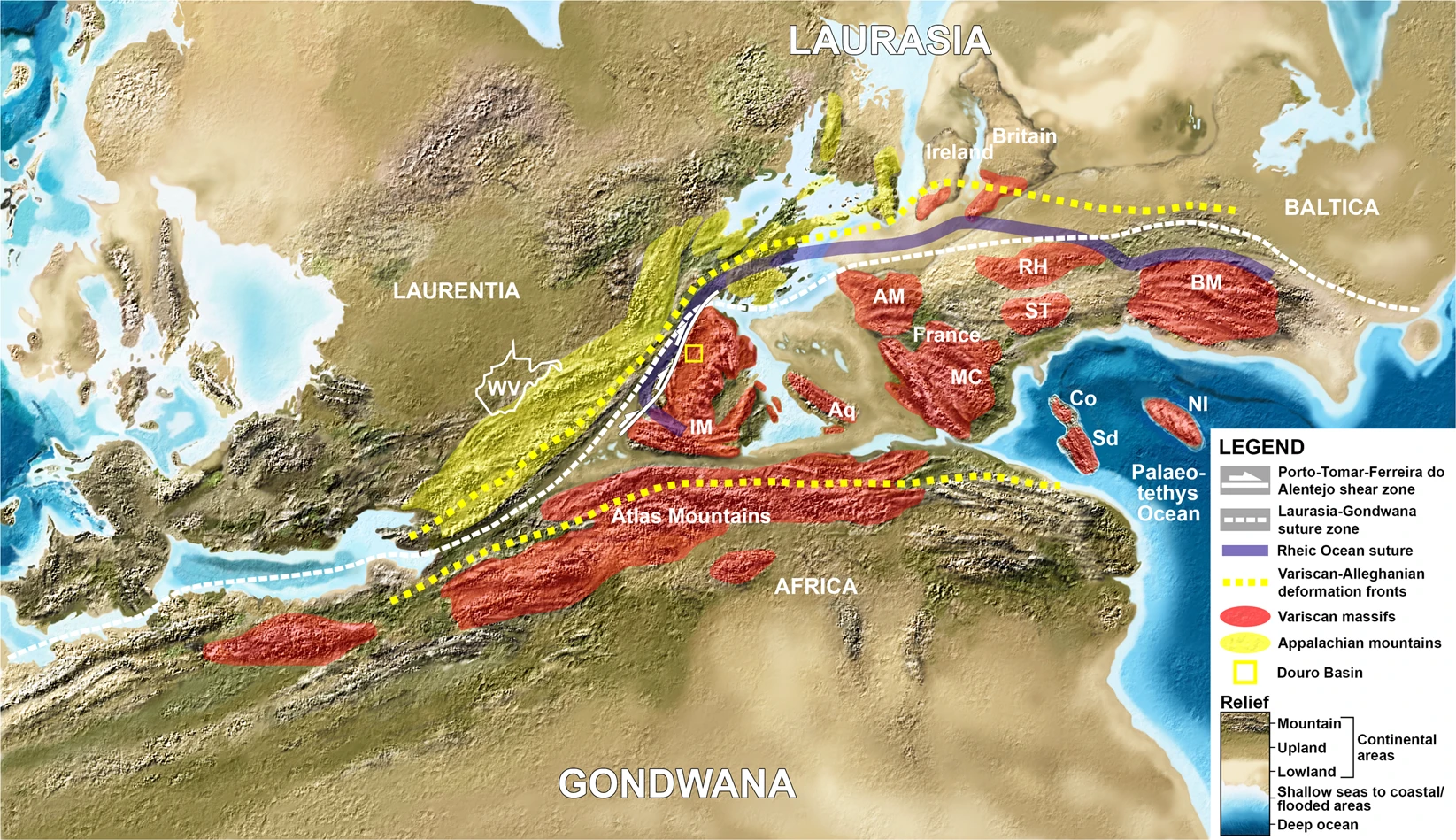
If you go back to the Permian, you’d find the Appalachians, Massif Central, Atlas Mountains, and Scottish Highlands were all part of a single range cutting through the Pangean supercontinent.
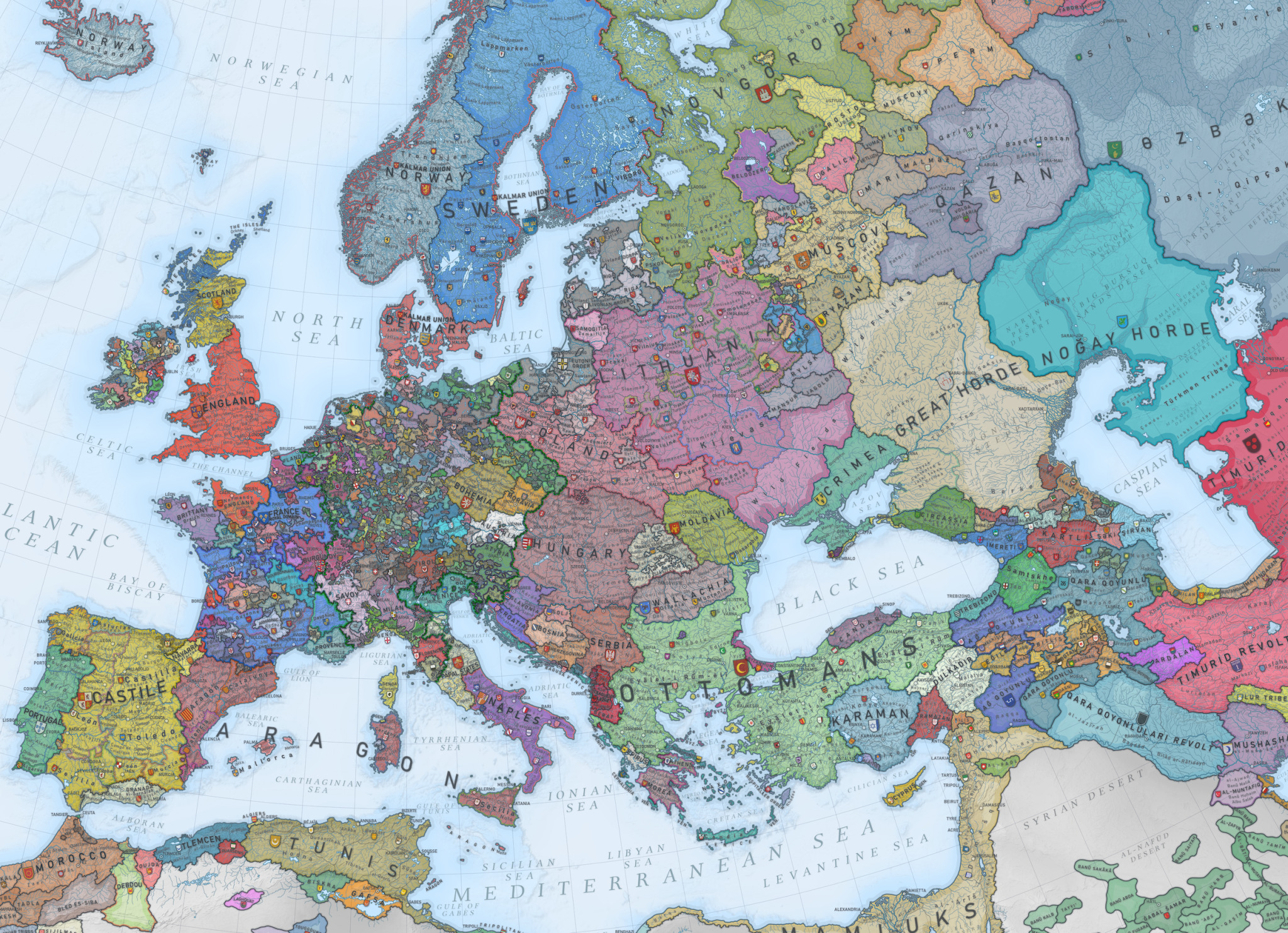
Europe and its fragmented city-state landscape of 1444.
See the full, zoomable hi-res version.

The Aladaghlar Mountains of northwest Iran.
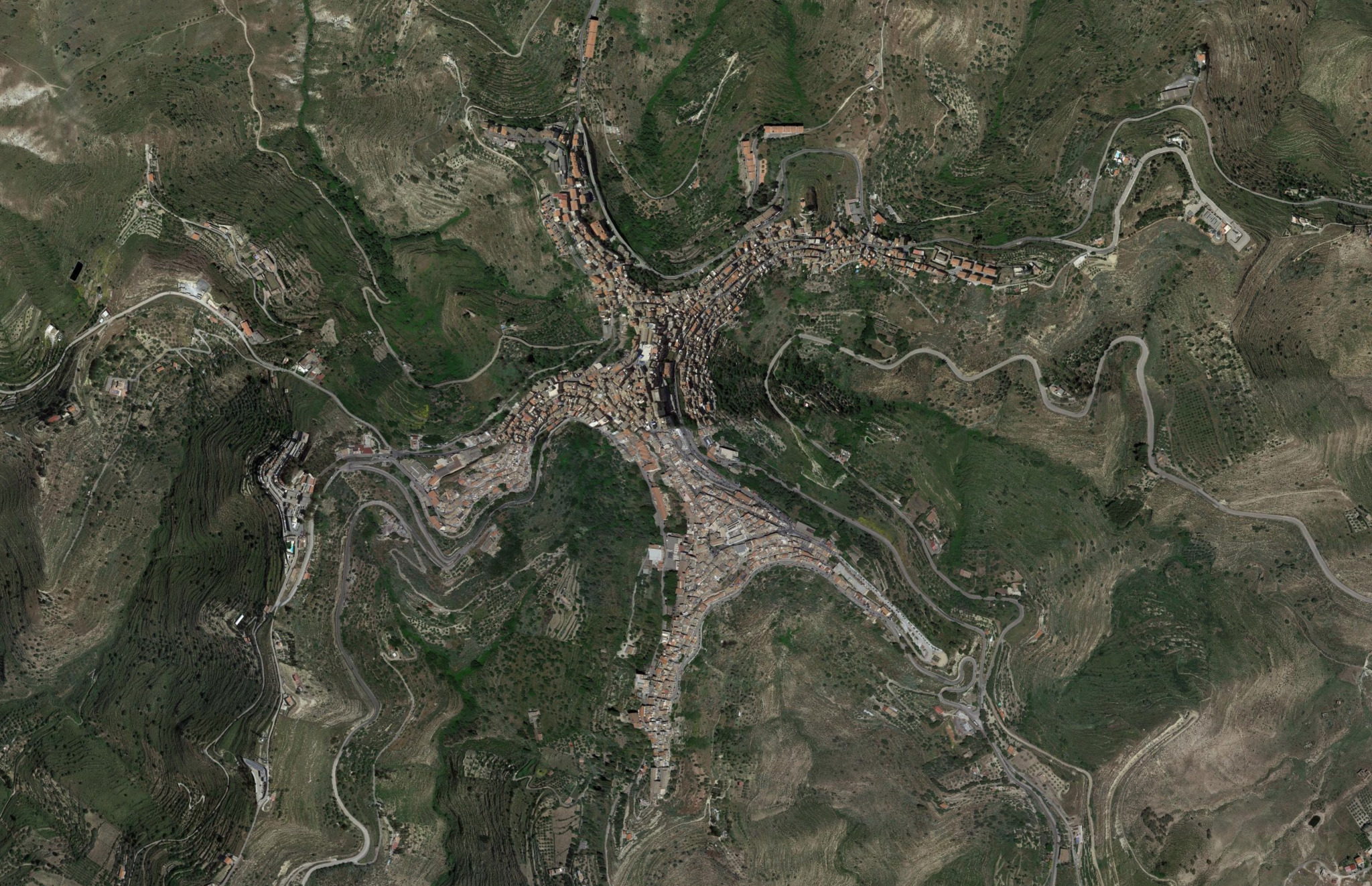
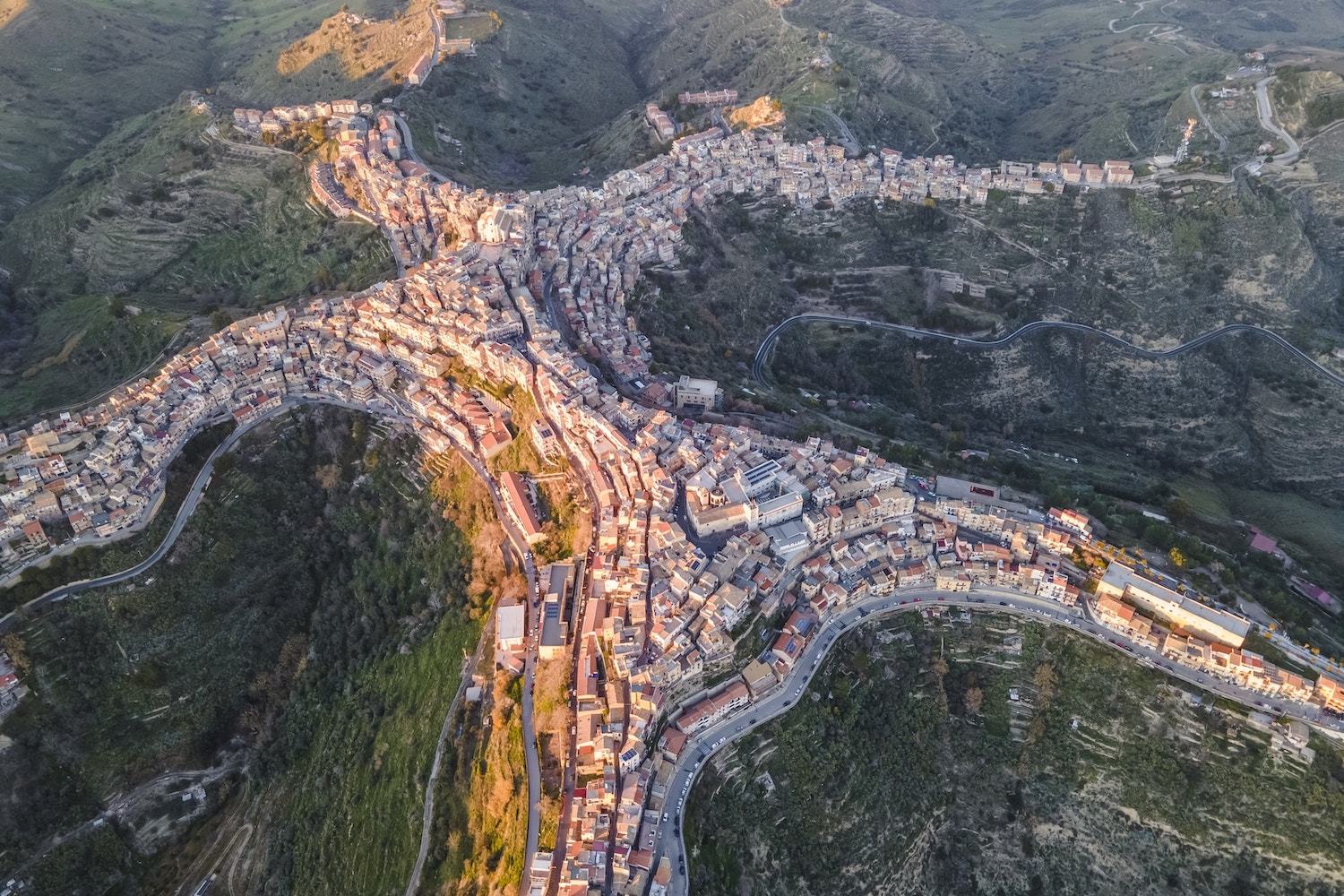
Centuripe — a Sicilian town that looks like a person.
Browsing maps is my favorite way into new rabbit holes. Now central Sicily is on the travel wishlist.
Neat tool for the curious when traveling.
Google publishes an open archive of 1.8 billion building footprints.
An animated map visualization of the spread of writing through cultures around the world.
Thoughts on satellite/earth observation startups, high-capital requirements, and the search for product-market fit.
Topi Tjukanov's map of noteworthy people.
Superheated plumes of magma, hotspots, and the composition of the mantle.
Areography is 'geography' on Mars. This is a brief lesson in Mars's topography.
When to hire your first Chief Notion Officer, product roadmaps as tech trees, and maps of alternate histories.
Joe Morrison updates us on the state corporate investment in OpenStreetMap.
A review of some of the most important mapmaking achievements in history.
The English Channel with a phytoplankton bloom.
Remembering Children of Men, Timoney on Google Earth, and the NYT and Slate Star Codex.
The trouble with optionality, modern day Pangaea, and when regulation goes wrong.
The value of cloud services, what cities might look like after the virus, and COVID resources mapping.
Facebook rebuilds Messenger, Kubernetes is mostly overcomplicated, and how Market Street has fared with no cars.
Figma's attention to typographic detail, restoring a Xerox Alto, and mapping the spread of CoVID-19.
A history of Google Maps' development on its 15th birthday.
Visualizing the road networks of planned cities.
My running map for 2019.
Mapping MiLB, renaming transit stations, and how soccer players play.
Spicy foods and evolution, Humboldt's maps, and picking apart income taxes.
A new blogging tool, the complexity of hand-drawn visualizations, and detecting wildfires from satellites.
Stephen Strasburg tipping pitches, mapping with AI, and ByteDance under CFIUS investigation.
Visualizing the situation in California with PG&E and wildfires.
An extension to the iD editor for automated feature detection.
An interview with Ted Chiang, renewables outlook around the world, and a tool for color generation.
A cool post on a study done by a research team in the City of Saskatoon, looking at the perceptions of safety in a downtown area using Fulcrum.
This week highlighting a few Observable notebooks on cryptography, bicycle chainring calculators, and generative maps.
A visualization of Planet's global constellation coverage.
A 7 tesla brain MRI, Anki for flashcard learning, and Andrew DeGraff's Cinemaps.
Rhythmic breathing for impact reduction in running, drowned lands in Upstate New York, and SSO in Fulcrum
A neat tool for accessing an interactive map on a terminal console.
National Geographic's Atlas of Moons, Opendoor and Redfin partnership, and walking to spur creativity.
“Visualizing the summer solstice, Zoom performance at IPO, and the progress of TeachOSM.”
GIS and Fulcrum training for the Pacific Islands.
“Om Malik compares Apple’s position against Google in maps to Bing in search.”
Who might be the next mapping company, Apple's response to pro demands, and working workflow on iPadOS.
Visualizing map projection distortion interactively, a National Park Service typeface, and SpaceX's move for space-based connectivity.
The Great Slave Lake is the deepest lake in North America, and the tenth largest lake on Earth.
The Rays are on a tear through 2 months, Apple's Services business, and using Observable for mapping Voronoi polygons.
Attending a local neighborhood meeting on tidal resiliency and infrastructure improvements.
Latest release of WebODM support for contour generation.
Planning runs, Vannevar Bush on the future of thinking, and best practices for remote work.
The brain storing native language, Joe's work on hillshading, and living antifragility.
Reconstructing the map of Odysseus's travels.
How you can use OpenAerialMap for hi-res imagery in Fulcrum Community.
Mapbox's 'Boundaries' product for enterprise customers provides an impressive base dataset.
Tom Patterson's beautiful topographic map.
LiDAR, Auto Generated Textbooks, and Paleo Plate Tectonics
An interactive map to see what the Earth looked like in prehistoric time.
Visualizing all of human history as a time lapse on a map.
Extracting buildings from imagery with RoboSat, the state of security in 2019, and the equal earth map.
“A few resources for topography, bathymetry, and place names in mapping.”
Topo map viewer from the USGS for National Map data.
“Nyall Dawson's annual tradition, an Advent calendar of QGIS tips.”
David Garcia and Daniel Huffman's cartography projects.
Looking back on Parag Khanna's 'Connectography'.
A quick overview of my video mapping workflow for OSM editing, using Fulcrum.
An interview with Bret Victor, Eurogamer on video game maps, and tips on using git for SQL.
On Lloyd A. Brown's 'A Story of Maps'
Videos to get you relaxed and mesmerized.
Amazing oblique satellite photos from Planet.
The latest from cartographer Justin O'Beirne on Apple Maps' updates.
“Cataloging my map collection using Fulcrum.”
Field report after the first few Mavic flights.
Map data storage and retrieval API from the Quartz team.
An overview of new addressing and coordinate schemes, comparison of features, and an analysis of why they matter (or not).
A comparison of activity and motion trackers: RunKeeper, Strava, MapMyRun, and Moves.
What can the OSM community do to create a larger body of contributors, and get registered users to edit?
Generating a real-time topographic map with a sandbox, Kinect, and a projector.
We've posted a map of Kabul, Afghanistan built from spatial networks GIS data.
Talk from WhereCampTB on OSM Tampa Bay.
The dymaxion projection.
Attended the inaugural WhereCampDC to talk maps.
The University of Warwick campus map was drawn on foot at 1:1 scale with 238 miles of GPS tracks walked over 17 days.
The ever-creeping man made landscape.
StreetView is everywhere.
The imaginary land of Calendria.
Looking at Netflix queues by zip code.